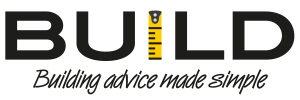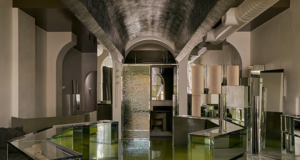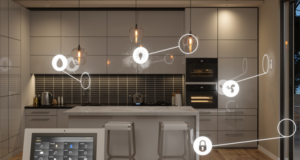Are you or a loved one living with a disability and seeking to create an accessible living space? The National Disability Insurance Scheme (NDIS) is designed to support Australians with disabilities, including funding for modifications to homes. But how do you find the right NDIS builders in Melbourne? And what does the process of creating an accessible and comfortable home entail? In this post, we’ll break down everything you need to know about partnering with an NDIS builder in Melbourne to create a safe and welcoming living environment. Let’s get started!
The NDIS and what it means for people with disabilities
The National Disability Insurance Scheme (NDIS) is a government-funded program that aims to support Australians with disabilities. This program provides funding for various services and supports to help individuals with disabilities achieve their goals and lead fulfilling lives.
For people living with disabilities, the NDIS offers opportunities for increased independence, improved quality of life, and access to essential resources. The NDIS provides financial assistance for things like mobility aids, home modifications, personal care services, and much more.
The scheme also takes into account individual needs and circumstances by developing personalized plans that outline specific goals and objectives. These plans are tailored to each person’s unique situation to ensure they receive the most appropriate support possible.
The NDIS strives to empower people with disabilities by providing them with the necessary tools and resources needed to live independently while also fostering a sense of community inclusion.
How to find the right NDIS builder in Melbourne
When it comes to finding the right NDIS builder in Melbourne, there are a few key things you should keep in mind. First and foremost, it’s important to do your research. Look for builders who specialize in creating accessible living spaces and have experience working with clients who have disabilities.
You may also want to ask for referrals from friends or family members who have worked with NDIS builders before. Their personal experiences can provide valuable insight into what to expect during the building process.
Another important factor is communication. Make sure you feel comfortable communicating your needs and preferences with potential builders, as clear communication is essential in ensuring that your home meets all of your accessibility requirements.
Don’t be afraid to ask questions about a builder’s qualifications and certifications. The right NDIS builder will be able to provide proof of their credentials and expertise, giving you peace of mind throughout the building process.
The process of creating an accessible and comfortable living space
Creating an accessible and comfortable living space for people with disabilities involves several important steps. The first step is to hire a professional NDIS builder in Melbourne who has experience designing and building homes that meet the specific needs of people with disabilities.
The next step is to work closely with your builder to discuss your individual requirements and preferences, such as the layout of your home, the type of flooring you prefer, or any special features you need like wheelchair ramps or grab bars.
Once these details have been discussed and agreed upon, your builder will then begin the process of creating a blueprint for your new home. This blueprint will provide a detailed plan for how each room should be configured, including things like doorways that are wide enough for wheelchairs to pass through easily.
After the blueprint has been finalized, construction can begin. During this phase, it’s important that you stay involved in the process by regularly checking on progress and making sure everything is being done according to plan.
Once construction is complete, it’s time to move into your new home! Before doing so however take note if there are still areas needing improvement or certain elements that require adjustment. Your NDIS builders can assist you even after completing their services.
Find the right SEO Consultant for your digital marketing needs
Tips for making your home more accessible
Making your home more accessible is an important step towards creating a comfortable living space for people with disabilities. Here are some tips to help you make your home more accessible:
1. Install grab bars and rails: Installing grab bars and rails in the bathroom, bedroom, and other areas of the house can provide support and stability for people with mobility issues.
2. Widening doorways: Widening doorways can make it easier for wheelchair users or individuals with walkers to navigate through different parts of the house.
3. Use non-slip flooring: Non-slip flooring can prevent slips and falls, which is especially important for individuals who have limited mobility.
4. Ramps and lifts: Installing ramps or lifts at entrances can provide easy access into the house for wheelchair users or those who have difficulty climbing stairs.
5. Lower counters and cabinets: Lowering countertops, sinks, cabinets, etc., makes them easily reachable by someone using a wheelchair or scooter.
By incorporating these features into your home design, you’ll be able to create a safe environment that meets all accessibility needs while also being aesthetically pleasing!
Conclusion
The NDIS has opened up a world of possibilities for people with disabilities to live more independently and comfortably in their own homes. With the help of NDIS builders in Melbourne, you can make your home accessible and comfortable for your specific needs. It is important to research and find the right builder who understands your unique situation and can work with you to create a living space that suits you.
Remember, even small changes can make a big difference in improving accessibility. From installing handrails to widening doorways, there are many ways to modify your home so that it is safe and comfortable for everyone.
At the end of the day, creating an accessible living space not only improves quality of life but also provides peace of mind for both individuals with disabilities and their loved ones. So why wait? Start exploring your options today!


